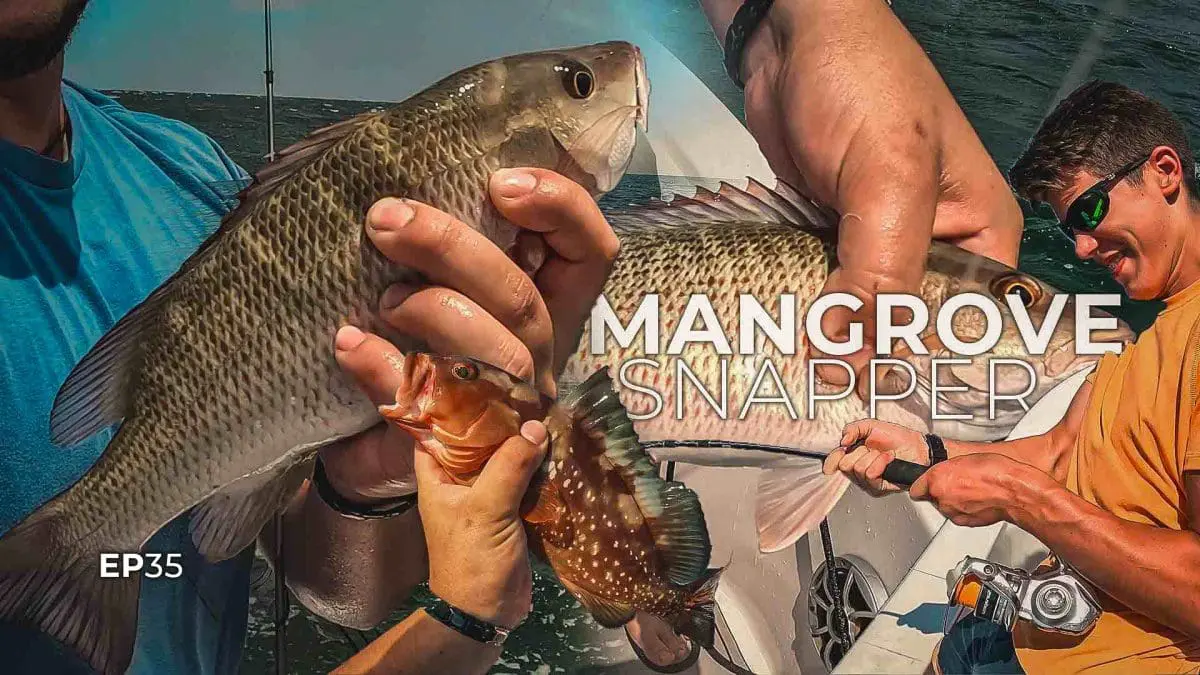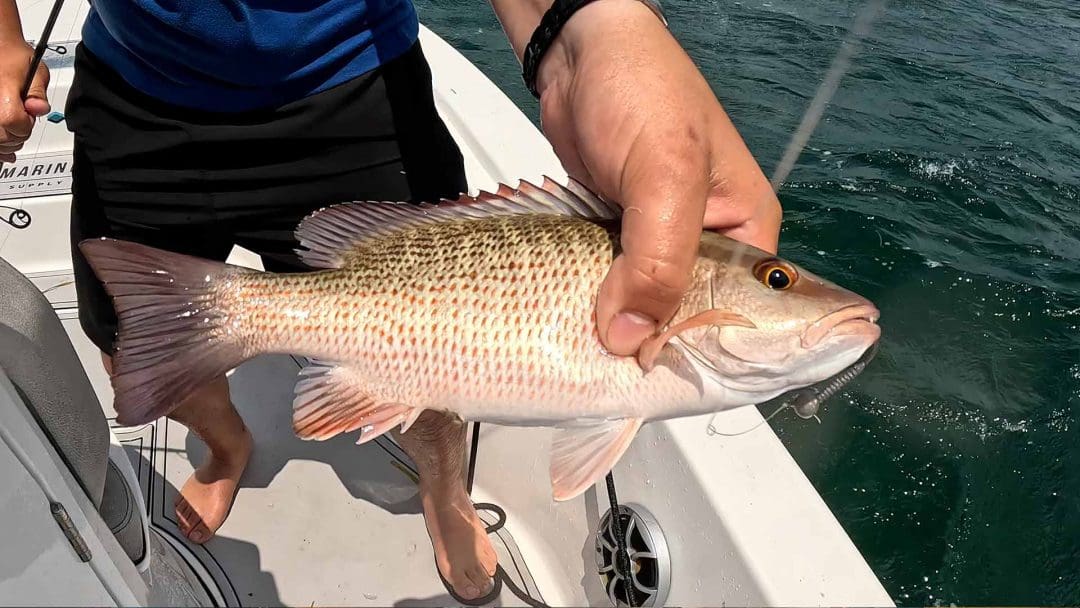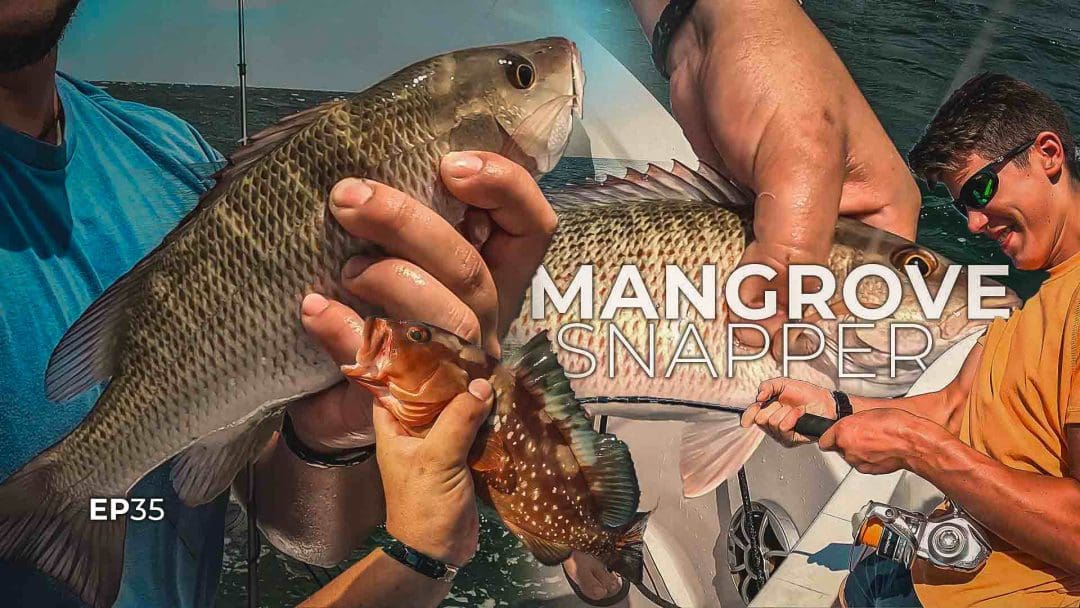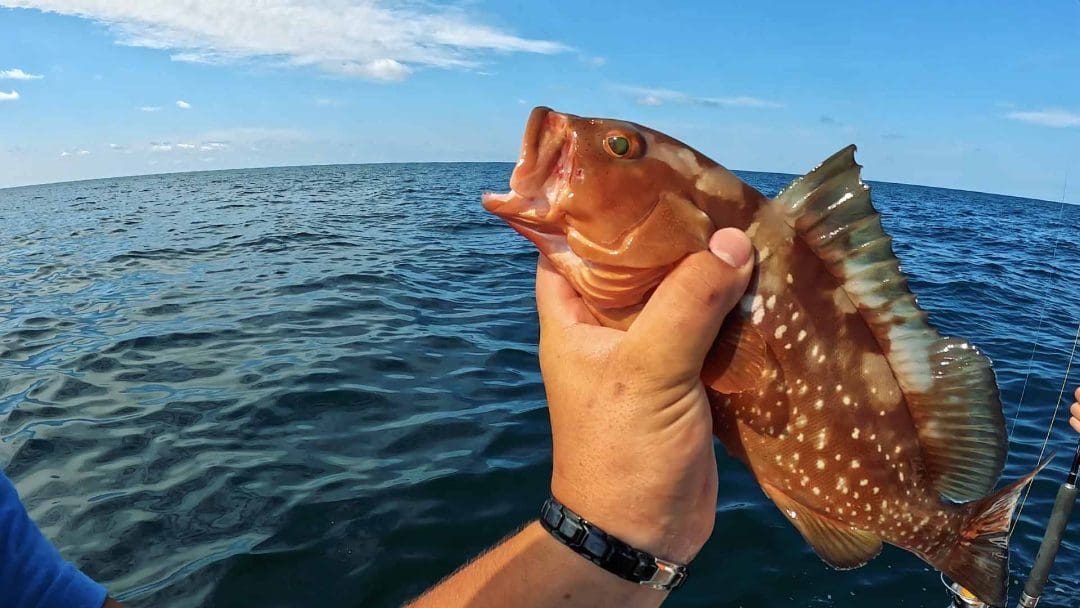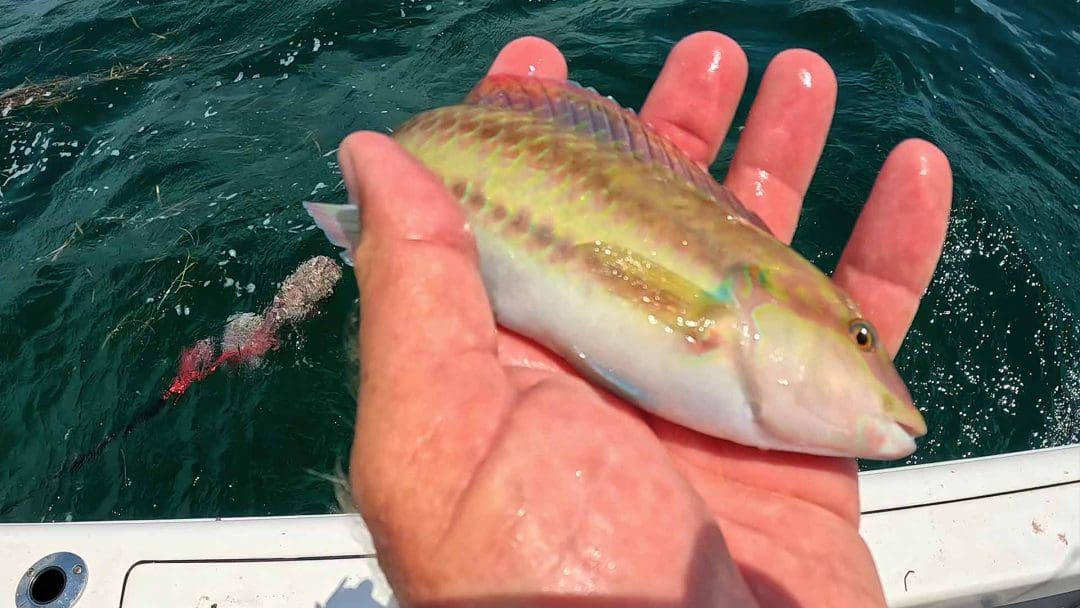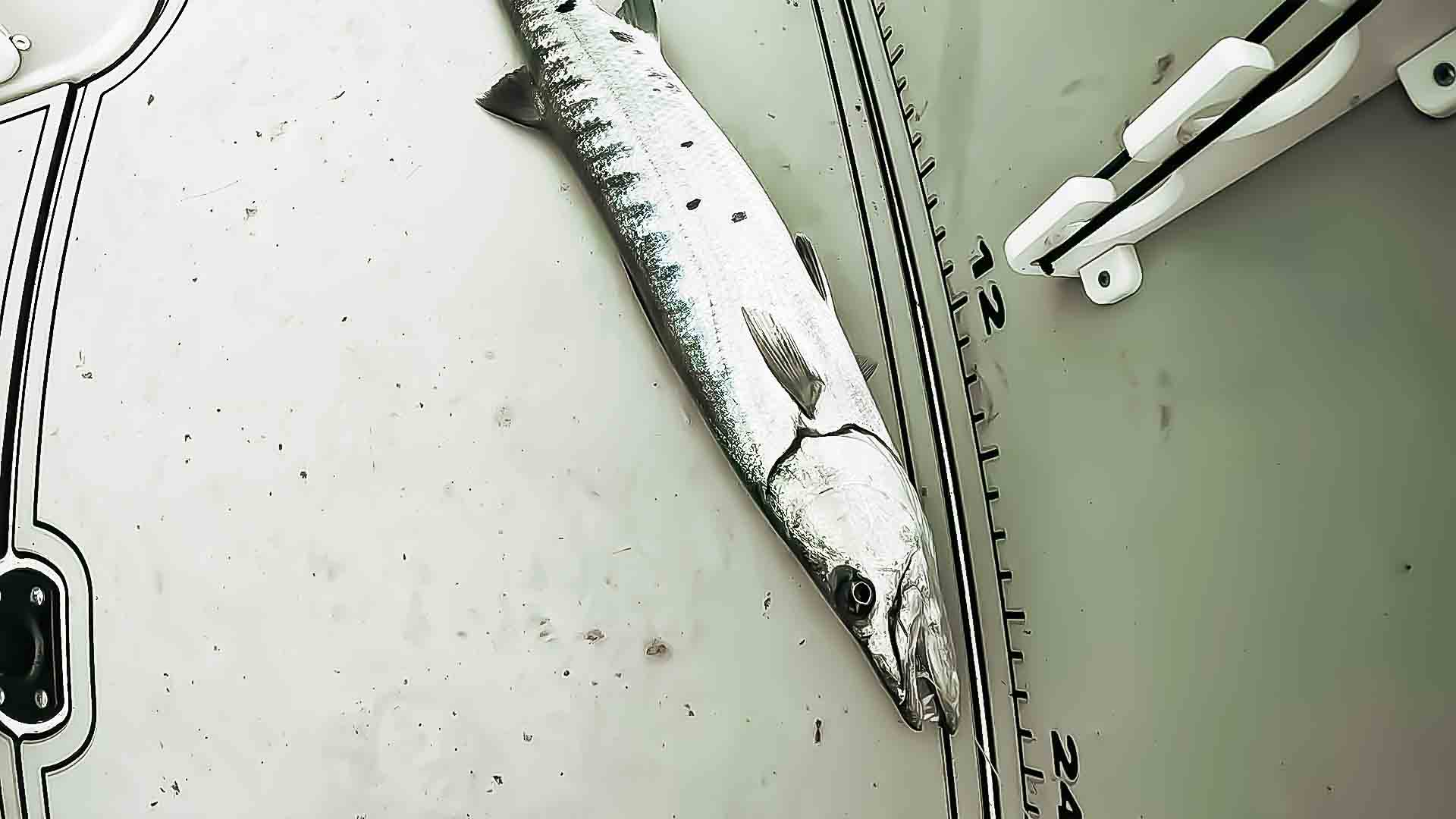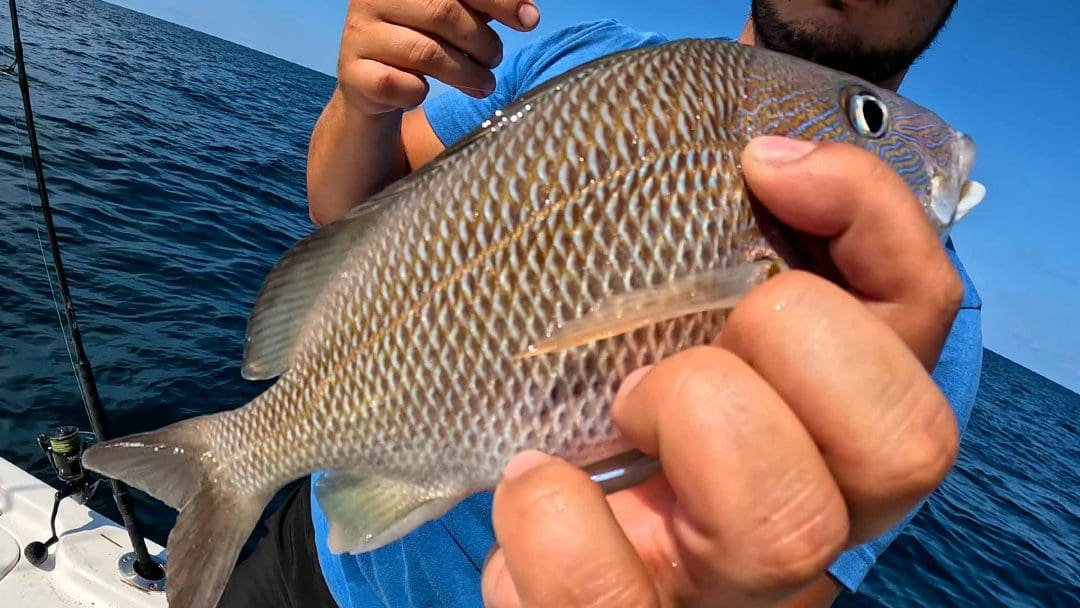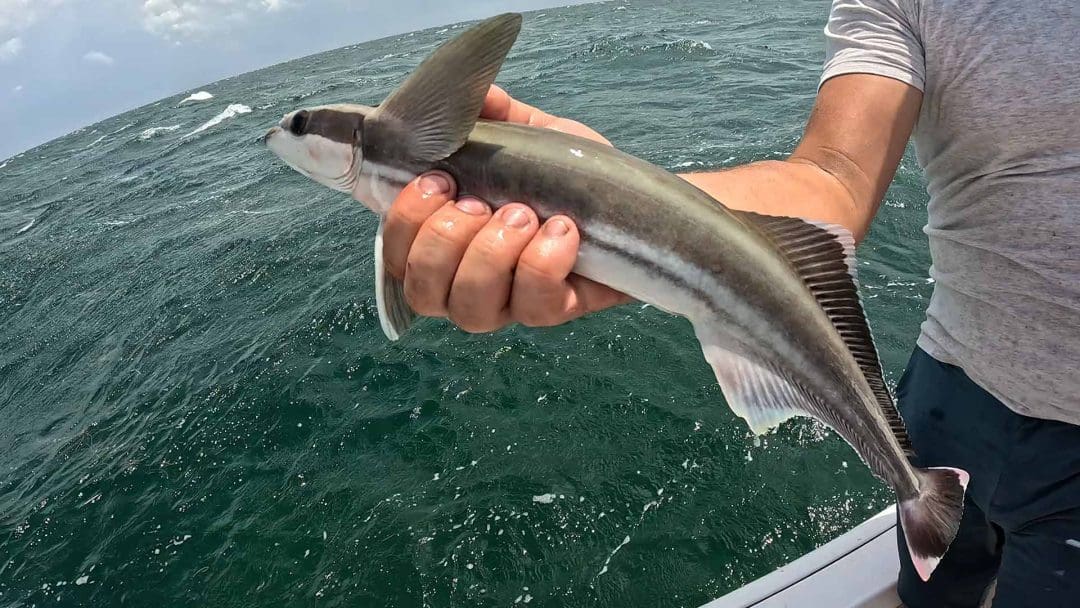How-To: Mangrove Snapper Fishing
Know Your Target:
Mangrove snapper, also known as gray snapper, is a common inshore fish found in the coastal waters of Florida. They are known for their reddish-pink color with faint blue lines on the back.
Best Spots for Mangrove Snapper:
Inshore rocks and grass flats.
Bridges, piers, and docks, especially those with barnacle growth.
Near mangroves and oyster bars.
Best Times for Mangrove Snapper:
During incoming or high tides when snappers come in to feed.
Early morning or late afternoon, although they bite throughout the day.
Mangrove Snapper Fishing Gear:
Rod:
Medium-light to medium action.
Reel:
2000 to 4000 size spinning reels.
Line:
10-20 lb braided line.
Leader:
20-30 lb fluorocarbon, which is less visible underwater.
Preferred Mangrove Snapper Baits:
Live shrimp, pilchards, or small pinfish.
Cut bait such as mullet or sardines.
Artificial jigs or soft plastics mimicking baitfish or shrimp.
Mangrove Snapper Fishing Techniques:
Free-lining:
Use a live shrimp or baitfish without a weight.
Bottom fishing:
Use a weighted rig to keep bait near the bottom.
Popping cork:
Suspend your bait underneath to keep it off the bottom but within the strike zone.
Mangrove Snapper Fishing Tips:
Be patient and attentive; snappers can be nibblers.
Use circle hooks for easier hook removal and reduced injury to the fish.
Chumming the water can attract and keep snappers in your fishing area.
Handling & Conservation:
Use a dehooking tool to safely remove hooks.
Follow local state regulations for size and bag limits.
Practice catch and release when possible to ensure the fish population remains healthy.
Fishing for mangrove snapper along Florida’s Nature Coast can be a rewarding experience. With the right knowledge, gear, and techniques, you can increase your chances of catching Mangrove Snapper.
Watch Video: Catching Mangrove Snapper
NEW EPISODE SUN @ 2PM EST
Best Times to Catch Mangrove Snapper
| Seasons | Best Habitats | Comments |
|---|---|---|
| Spring | Bridges & Piers | Snappers move closer to structures for food & protection. |
| Grass Flats | They feed actively in warmer waters. | |
| Inshore Rocks | ||
| Summer | Near Mangroves | Spawning season; they are found in larger numbers. |
| Oyster Bars | Look for areas with good water flow. | |
| Artificial Reefs | ||
| Fall | Grass Flats | They feed to prepare for colder months. |
| Inshore Rocks | Look for structures with nearby deep water. | |
| Bridges & Piers | ||
| Winter | Deep Channels | They move to deeper waters to stay warm. |
| Near Inlets | Look for areas with minimal current. |
Remember, while seasons and habitats can guide you, local conditions, water temperature, and availability of prey can also influence the presence and behavior of mangrove snapper. It’s always a good idea to ask local anglers or bait shops for up-to-date information.
Best Baits and Lures for Mangrove Snapper
| Habitats | Best Lures | Best Live Bait |
|---|---|---|
| Bridges & Piers | Jigs, Soft Plastic Shrimp | Live Shrimp, Pinfish |
| Grass Flats | Popping Cork with Soft Plastics | Pilchards, Live Shrimp |
| Inshore Rocks | Metal Jigs, Crankbaits | Mullet, Sardines |
| Near Mangroves | Soft Plastic Minnows, Shrimp Imitation | Live Shrimp, Crab |
| Oyster Bars | Weighted Jigs, Soft Plastics | Mud Minnows, Crab |
| Artificial Reefs | Vertical Jigs, Soft Plastic Paddle Tails | Live Shrimp, Squid |
| Deep Channels | Deep Diving Crankbaits, Heavy Jigs | Cut Bait (Mullet, Sardines) |
| Near Inlets | Spoons, Twitch Baits | Pinfish, Live Shrimp |
Catching other Fish Species
While targeting mangrove snapper in the Gulf of Mexico, anglers often encounter a variety of other species.
It’s not uncommon to hook into Red Snapper, or Red Grouper especially near deeper structures or offshore reefs. Grouper, particularly the gag and red grouper, might take your bait when fishing near rock piles or ledges.
Spanish mackerel, with their swift strikes, can be frequent visitors to your bait, especially when fishing with shiny lures near the surface (flat line fishing).
Blackear wrasse, native to the tropical western Atlantic, are commonly found off Florida’s west coast.
While they’re not a primary target for most anglers, their striking appearance makes them a surprise if they strike your bait.
These reef-associated fish are characterized by their elongated bodies, vibrant colorations ranging from green to blue, and the distinctive black mark behind their eyes, which gives them their name.
Preferring rocky substrates and coral reefs, Blackear wrasse feed primarily on small invertebrates, including crustaceans and mollusks.
Additionally, sheepshead, recognized by their distinct black stripes, often share habitats with mangrove snapper and can be caught using similar baits, particularly around pilings and oyster bars.
Other “Reef” Species
Another by-catch anglers might experience when fishing for mangrove snapper in the Gulf of Mexico includes key grunts.
These fish, named for the grunting noise they produce, often frequent the same rocky and reef habitats as mangrove snapper. Their silvery body with a yellow tinge and distinctively arched lateral line makes them easily distinguishable.
Grunts are attracted to similar bait, and while they might not be the primary target, they’re known for their delicate, tasty flesh.
Additionally, remoras or “sharksuckers” can latch onto your bait or even the fish you’re reeling in.
Recognizable by their flattened heads and the suction-cup-like structure on top, remoras are often seen attached to larger marine animals, like sharks, utilizing them as a mode of transport and feeding on their host’s leftovers.
While they’re not typically sought after by anglers, they can add an element of surprise to the catch.
Explore More
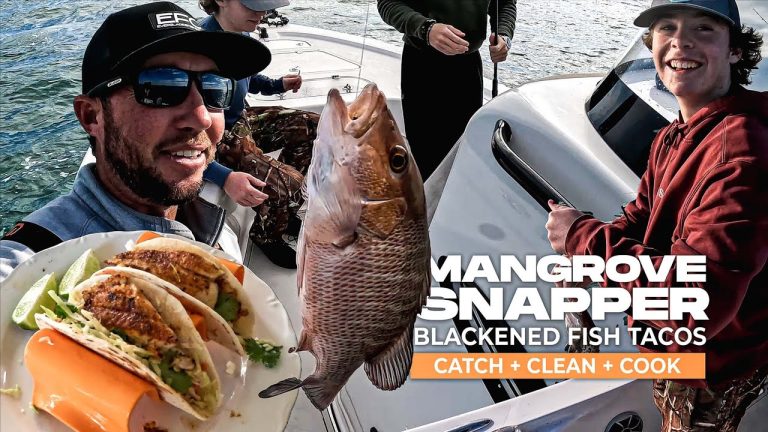
Mangrove Snapper Catch and Cook Blackened Fish Tacos Join us as we venture out of Sarasota Florida in search…
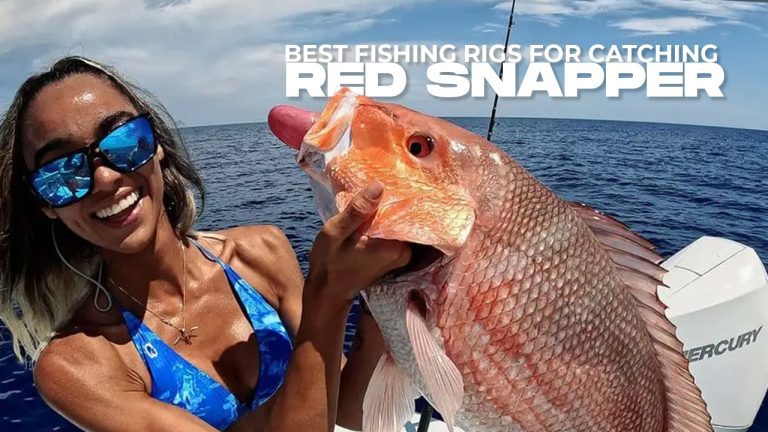
Best Fishing Rigs for Catching Red Snapper The American Red Snapper, often referred to as "AR" is a seasonal…
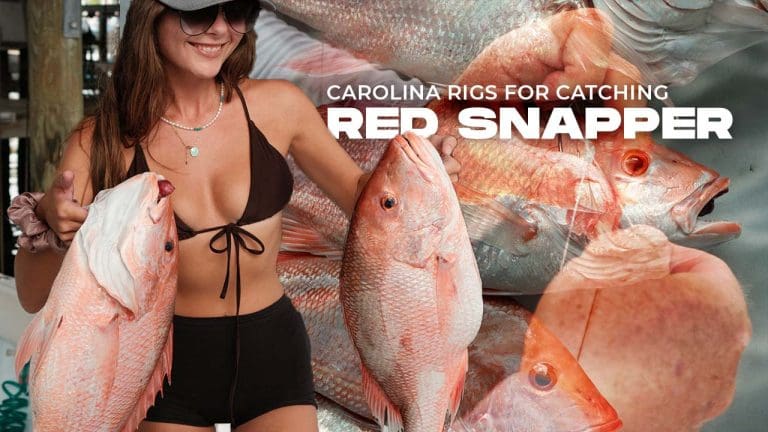
Carolina Rig for Catching Red Snapper Saltwater fishing around reefs, wrecks, and underwater structures for Red Snapper. Red Snapper…

